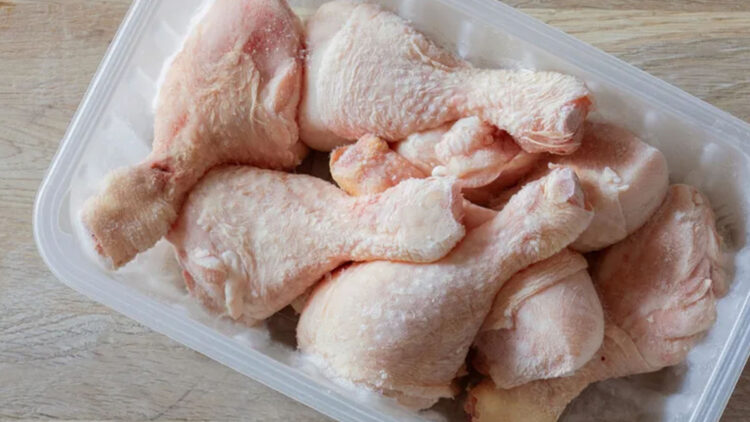Freezing chicken is easy, or that’s what most of us think, but to do it correctly though, make a big difference on the taste and in health. Marián Zapién, expert on food Engineering and dedicated to the Science Communication, propose an easy habit to storage food: Portion planning before putting the chicken on, the freezer. When yo divide it in different portions, you take in account food safety, you get a better quality and protect the texture and juiciness. But why? Because you avoid refreezing which creates ice crystals inside the meat and makes it dryer.
Also, using hermetic containers can help food preservation, keep freezing temperature stable and benefit safe handling. All of this takes you closer towards healthy cooking guided by food science.
As Zapién says, to plan today saves you tomorrow’s problems: less waste, more organization, and a chicken that taste good when you cook it.
Why calculate portions before freezing?
The practice of freezing “all together” it’s faster, indeed, but according to Zapién it always end badly; “When you freeze chicken in big pieces or in only one package, you end up defrosting more than necessary. And the consequences is that, sometimes you refreeze it again.” That coming and going is just what damages the meat: “Each freezing and defrosting cycle forms ice crystals inside the meat. These crystals break the muscle fibers, which causes that, when defrosting, the chicken releases more water and, so, loses juiciness and flavor. Therefore, when cooked, the meat is drier and with a lower texture.”
With portion planning, you choose only what you’re going to use today and leave the rest intact. This way, you keep the food safety while avoiding refreezing chicken every time. Besides, if you freeze the pieces spread and well sealed the freezing temperature will get to the center faster, supporting food preservation.
Practical guide on how to portion your chicken before freezing it
First, you have to organize your meat: Take out the fat excess, dry with paper towels and pu together packages with one, two, three portions (depending of course on how many portions you usually cook in the same meal), it has to be realistic.
Then, use a hermetic bag or container, put the meat pieces flat and spread, so they freeze equally, and put some tags on it with the dates. These are basic steps for food safety and food preservation. Put them of the freezer as soon as you prepare them and avoid opening and closing the freeze to keep the freezing temperature stable.
Defrost always on the fridge. This is very important: when you defrost at room temperature you lose safe handling. And if by mistake you defrosted more than you needed is best to cook it all. “If you have leftovers, you can freeze it again, but already cooked and also in portions. In this way, you avoid waste, preserve its flavor, and your food is much better.”
Refreezing chicken is only recommended when it’s already cooked. In the daily kitchen, this routine favors a healthy cooking, you can do a sauté breast, tomorrow you bake thighs, the day after you make broth with cuts. It actually make it easier to get creative with the menu because you have more different baches. And every meal taste better because they’re stay juicy.
Applying science to the kitchen
Marián Zapién suggest that we apply food engineering y food science by preparing portions, sealing correctly, tagging, and respecting the temperature times.
If you are looking for a change or moving towards a healthier way of eating, start by the freezing: organize today, and your kitchen-and your health-will say thank you tomorrow.

